Published on: 11/7/2015IST
7 Of The Most Intelligent Crimes Ever Committed By Indians
The greatest trick the devil ever pulled was convincing the world he didn't exist.
1. Dawood Ibrahim
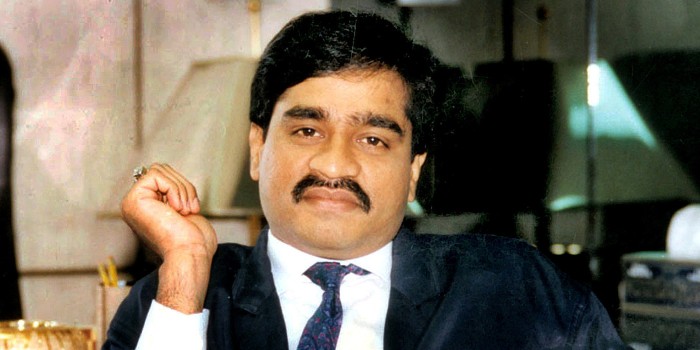
galleryhip.com
Dawood Ibrahim is very possibly the Sachin of crime in India. Very active back in the day. Retired(somewhat) now. Responsible for causing a lot of damage, living like a free man, yet feared by many. Irrelevant comparisons apart, we had to start the list with perhaps the one who's most notorious for his heinous crimes. Just imagine, if Dawood could put his head into something constructive, he probably would've been as successful.
Here's one example of his sharpness mentioned in the book, From Dongri to Dubai:
An imported item of very high value arrives at the Bombay port bearing a consignment number of, let's assume, XYZ123. Dawood's men would change the consignment number to something that doesn't exist in the records, like XYZ456. He would then hide the consignment somewhere in the port itself. At the time of the delivery, consignment number XYZ123 will be missing, making the officials mark it as a package 'lost in transit'. The importer, at this point, would claim insurance getting a 100% refund of his money. Dawood's men would now get in touch with the importer and offer him the consignment for half the price. He'd obviously accept because he's already got a 100% refund of his money, he's also getting his order at half the price.
This way the importer gets his goods for cheap, and Dawood gets half the money for doing practically nothing. For the insurance company, where only a small percentage of policies are claimed, it's just a drop in the ocean, hardly making any difference in their profit margins. Of course, Dawood had men to help him out inside the system otherwise pulling the trick off so often would've been impossible.
2. Abdul Karim Telgi
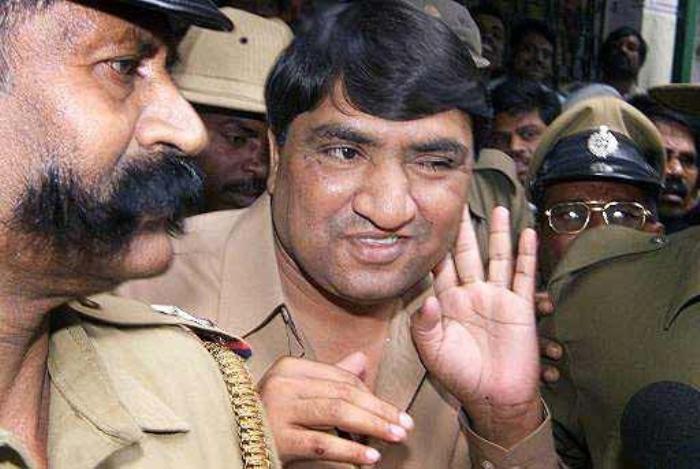
topyaps.com
One of the biggest scams to be unravelled in the country. Telgi was a master counterfeiter who hit the Ivy league of scam artists when he began printing fake stamp papers. He would appoint 300 people under him as agents who would sell fakes to people buying stamp papers in bulk, like banks, insurance companies, share-broking firms etc. It wasn't the scam itself that was impressive, it was the scale in which he did it that made jaws drop. The size of the scam was estimated to be somewhere around $10 billion or 651750000000 rupees!
Obviously Telgi couldn't have done it alone, it required the involvement of a bunch of people including police officers, government officials and politicians. In fact he also mentioned Sharad Pawar's name, along with Congress party minister Chhagan Bhujbal's name during a narcoanalysis performed on him post his arrest.
To give you a little idea of how big this scam was, one assistant Police Investigator, who, at that time wouldn't make more than Rs. 9,000 per month as salary, was caught with a bank balance of 1,10,79,75,000! Telgi has been serving 30 + 13 years life imprisonment since 2006.
3. Veera Swami
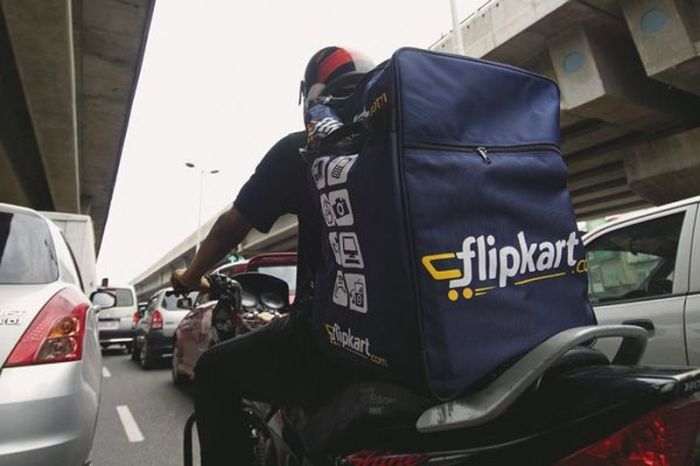
dontgetserious.com
Practically everyone knows about Flipkart, and what a success story it is for the guys who thought about it. But very few know about Veera Swami, the guy who scammed Flipkart for over Rs.20 lakhs!
Living in Hyderabad, 32-year-old Veera Swami would book orders for expensive electronic items in the name of his wife, parents, and others in the neighbourhood. Once delivered, he would switch the original item with a fake one, and give Flipkart a call asking for a replacement. He would send back the fake item with the correct model number and item code. He would also create fake IDs, and make bank payments from different accounts to avoid suspicion. By the time he was caught, Veera had already made around 200 purchases in 20 months worth around Rs.20 lakhs!
4. Mohan Singh
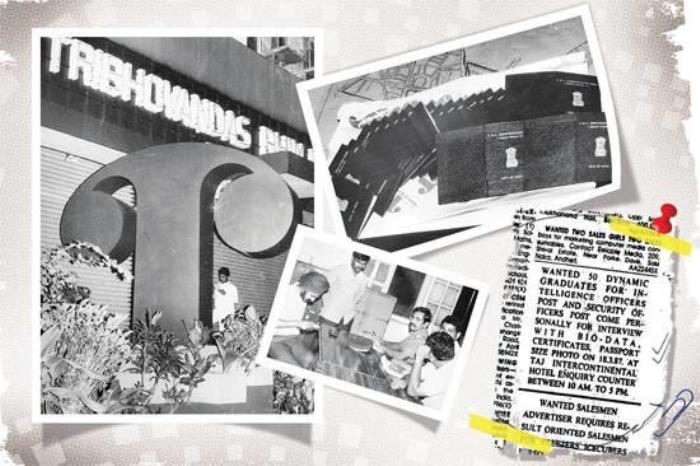
gazabpost.com
This act was so legendary that it inspired an Akshay Kumar movie, Special 26. The main difference between the two, however, was that there were four burglars in the film while in reality, the Opera House robbery was carried out by just one man, Mohan Singh.
On March 19th, 1987, Arvind Inamdar received an urgent phone call in the police headquarters in Mumbai. This call was about something fishy going on in Opera House, where most of the city's jewellery stores were located. A CBI raid had taken place at Tribhovandas Bhimji Zhaveri (TBZ), the most famous jeweller of the lot. They would come in, pull down the shutter, ask the staff and the customers to wait while they took a look at their registers. Standard practice. Here's where it becomes funny. Inamdar was told that they had taken off with a lot of jewellery. Something that's not common.
Things started getting even stranger when he finally reached the spot with his team. The entire 'CBI team' was still there. The only one missing, was their leader - Mohan Singh. It wasn't even a CBI team, they were just team members who thought they were getting a job! Mohan had met the team members after placing a classified ad in The Times Of India asking for "Dynamic Graduates for Intelligence Officers Post and Security Officers Post". Applicants were told to come to Taj Intercontinental between 10 am and 5 pm for an interview. Twenty six were finally selected, some of whom were already working in government jobs, looking for a better job. The next day, these twenty six were asked to report at 11 in the morning where Mohan would hand them their fake identity cards. An hour later, Singh got them boarded on a bus and took them for a 'trial raid'.
They must've passed with flying colours because it did look like an actual raid. Singh had then gone around the showcases picking up jewellery as 'samples'. They were placed in poly bags and stapled with slips showing a government seal.
Now for the exit. Singh told the staff to wait while he checked out another shop in the vicinity. He then got in the bus, went back to the hotel, checked out, and vanished. He left no trail behind. A crime so perfect, you end up respecting the culprit. Mohan Singh, or whatever his name might be, is yet to be caught. Genius.
5. Ketan Parekh
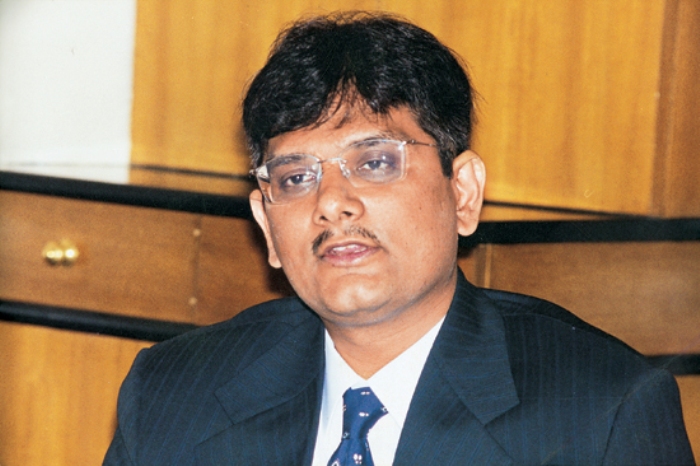
businessbaatein.files.wordpress.com
Ketan Parekh not only got the stock market to crash, but he also single handedly managed to affect the lives of a lot of people by taking away most, if not all, of their savings. By the end of March 2001, at least eight people were reported to have committed suicide and hundreds of investors were driven to the brink of bankruptcy. The CBI arrested Ketan Parekh who was held responsible for single-handedly getting the market to crash by 171 points. Parekh was also charged with defrauding Bank of India (BoI) of about $30 million among other charges. His arrest resulted in another 147 point drop in the market. But how did he do it?
Known as the ‘Bombay Bull’, he had connections with movie stars, politicians and even leading international entrepreneurs like Australian media tycoon Kerry Packer, who partnered Ketan Parekh in Ketan Parekh Ventures, a $250 million venture capital fund that invested mainly in new economy companies. Over the years, Ketan Parekh built a network of companies, mainly in Mumbai, involved in stock market operations.
The dotcom boom of 1999 contributed to the 'Bull Run' led by an upward trend in the NASDAQ .The companies in which Ketan Parekh held stakes included Amitabh Bachchan Corporation Limited (ABCL), Mukta Arts, Tips and Pritish Nandy Communications. He also had stakes in HFCL, Global Telesystems (Global), Zee Telefilms, Crest Communications, and PentaMedia Graphics. Parekh selected these companies for investment with help from his research team, which listed high growth companies with a small capital base. He took advantage of low liquidity in these stocks, which eventually came to be known as the ‘K-10′ stocks. The shares were held through Ketan Parekh’s company, Triumph International. In July 1999, he held around 1.2 million shares in Global. He also controlled around 16% of Global’s floating stock, 25% of Aftek Infosys, and 15% each in Zee and HFCL. The buoyant stock markets from January to July 1999 helped the K-10 stocks increase in value substantially. HFCL soared by 57% while Global increased by 200%. As a result, brokers and fund managers started investing heavily in K-10 stocks. Mutual funds like Alliance Capital, ICICI Prudential Fund and UTI also invested in K-10 stocks, and saw their net asset value soaring. By January 2000, K-10 stocks regularly featured in the top five traded stocks in the exchanges (Refer Exhibit II for the price movements of K-10 stocks). HFCL’s traded volumes shot up from 80,000 to 1,047,000 shares. Globe’s total traded value in the Sensex was ₹51.8 billion. As such huge amounts of money were being pumped into the markets, it became tough for Parekh to control the movements of the scrips. Also, it was reported that the volumes got too big for him to handle. Analysts and regulators wondered how he had managed to buy such large stakes.
Ketan Parekh’s modus operandi of raising funds by offering shares as collateral security to the banks worked well as long as the share prices were rising, but it reversed when the markets started crashing in March 2000. The crash, which was led by a fall in the NASDAQ, saw the K-10 stocks also declining. Ketan Parekh was asked to either pledge more shares as collateral or return some of the borrowed money. In either case, it put pressure on his financials. By April 2000, mutual funds substantially reduced their exposure in the K-10 stocks. In the next two months, while the Sensex declined by 23% and the NASDAQ by 35.9%, the K-10 stocks declined by an alarming 67%.
In December 2000, the NASDAQ crashed again and technology stocks took the hardest beating ever in the US. Led by doubts regarding the future of technology stocks, prices started falling across the globe and mutual funds and brokers began selling them. Ketan Parekh began to have liquidity problems and lost a lot of money during that period.
The Calcutta Stock Exchange’s (CSE) payment crisis was one of the biggest setbacks. The CSE was critical for Ketan Parekh’s operation due to three reasons. One, the lack of regulations and surveillance allowed a highly illegal and volatile badla business. Two, the exchange had the third-highest volumes in the country after NSE and BSE. Three, CSE helped Ketan Parekh to cover his operations from his rivals in Mumbai. Brokers at CSE used to buy shares at Parekh’s behest. Though officially the scrips were in the brokers’ names, unofficially Parekh held them. He used to cover any losses that occurred due to price shortfall and paid a 2.5% weekly interest to the brokers. By February 2001, the scrips held by Ketan Parekh’s brokers at CSE were reduced to an estimated ₹6-7 billion from their initial worth of ₹12 billion. The situation worsened as his badla payments of ₹5-6 billion were not honoured on time for the settlement and about 70 CSE brokers, including the top three brokers of the CSE (Dinesh Singhania, Sanjay Khemani and Ashok Podar) defaulted on their payments. By mid-March, the value of stocks held by CSE brokers went down further to around ₹2.5-3 billion. The CSE brokers started pressurising Parekh for payments. He again turned to MMCB to get loans. It was alleged that this time he was allowed to borrow without any security.
6. Labh Singh
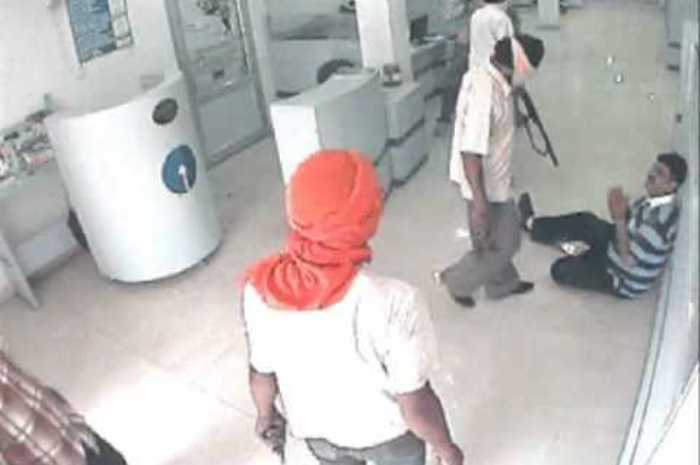
Youtube
Another epic bank robbery that probably wouldn't happen in today's day and age. The date was 12th February, 1987, when Labh Singh and his gang looted six crore rupees from Punjab National Bank in Ludhiana. How? Glad you asked.
Labh Singh, along with his gang entered the bank, took all the people inside as hostage, closed the main door of the bank and made a call to the cops. Calling from the landline, they mislead the cops to the other side of the city by telling them about a bank loot happening there. The police took off without cross questioning and trying to find out who called while leaving Labh Singh and his compadres with all the time in the world to carry out their loot.
7. Sarthak Babras
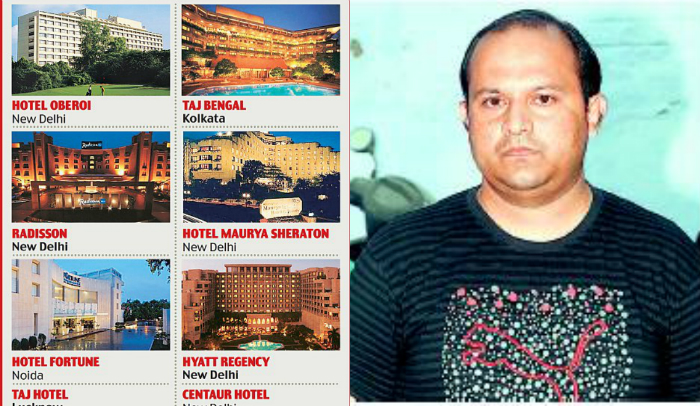
dailymail
By the look of things, Sarthak Babras's story can loosely be compared to Leo DiCaprio's character in Catch Me If You Can. He didn't really want to harm anyone, he just wanted a lavish life for himself. Which he got, until he was caught. A Class 10 dropout, Babras's game plan was pretty straightforward. But the beauty is in simplicity, isn't it?
He would find a five star hotel, and give them a call under the name of a relative, a rank officer with the Union government. Acting like the relative, he would then make the booking, and tell the staff that he was out of town, and would pay the bill before he checked-out. The next day he would confidently go to the hotel, provide the reference of the phone call and show a fake pan card as ID proof. He would live in the best of suites, eat and drink the best things available, crediting the bills in his relative's name.
Usually booking the place for three days, Babras would quietly vanish from the place after a couple of days, never to be seen again.
The fixed eight-hour job was not his cup of tea. So when a close friend introduced him to the idea of conning hotels and staying there for free, he seriously gave it a thought. He was caught by the local police in his first attempt at Sinclairs Bayview, sneaking out without paying the dues. Babras was let off with a warning. The best hotels in India had been his abodes. During the last decade, he landed in jail sometimes, but only to be back with a vengeance. All it took was a simple phone call and a stolen pan card.
We purposely didn't include pros like Natwarlal and Bunty Chor because much has been written and spoken about them already. Information on this story has been sourced from this Quora thread.
11/7/2015 | | Permalink
